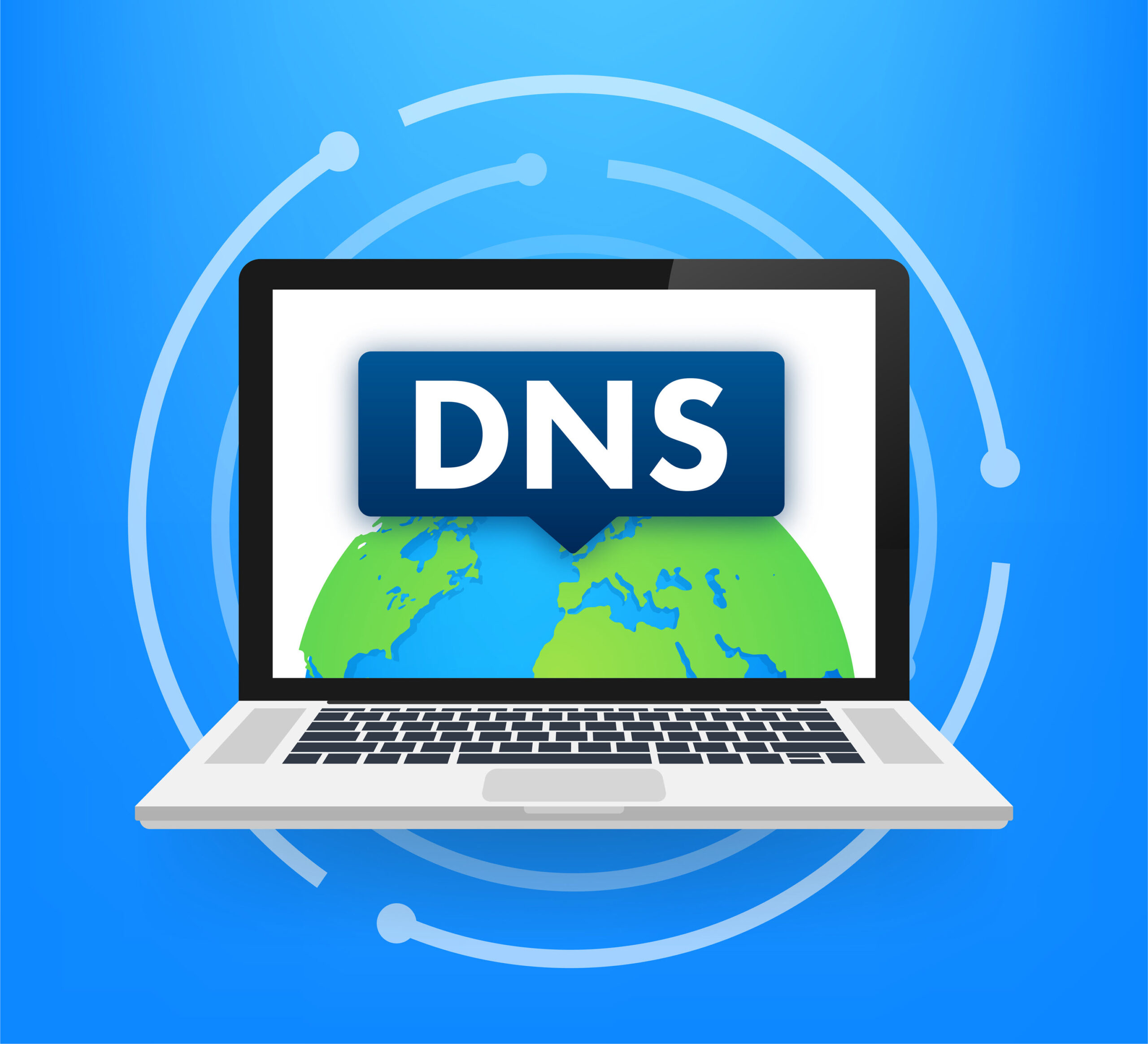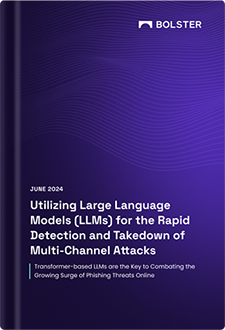What is dnstwist?
Dnstwist is a powerful tool used in the domain name system (DNS) rapid reconnaissance process. It helps IT security and risk management professionals identify potential phishing attacks and domain hijacking and squatting attempts by detecting and analyzing domain name variations.
Domain names can be easily manipulated by replacing characters, adding additional characters, or swapping letters. Attackers often exploit this by creating malicious domain names that closely resemble legitimate ones, tricking users into visiting fraudulent websites or disclosing sensitive information.
Dnstwist helps professionals proactively identify these potentially harmful domain name variations by generating a comprehensive list of possible alterations. By analyzing these variations, you can quickly identify potential phishing domains and take appropriate action to mitigate the risk.
The tool also provides additional features such as checking domain availability, generating lookalike domains, and even testing your own defense mechanisms against typosquatting attacks.
With dnstwist, you can:
1. Detect phishing attacks: Dnstwist generates numerous domain name permutations based on key parameters, allowing you to identify potential phishing attempts early on. By monitoring these variations, you can provide protection from malicious actors from using domain similarity to deceive your users.
Read more about how to find lookalike domains
2. Prevent domain hijacking: Dnstwist helps you identify domain variations that closely resemble your legitimate domain. By proactively registering or blocking these variations, you can protect your brand reputation and prevent domain hijacking attempts.
3. Strengthen defense mechanisms: By generating domain variations, you can test the effectiveness of your defense mechanisms against typosquatting attacks. This allows you to identify any vulnerabilities and make necessary improvements to your security measures.
How does dnstwist work?
Dnstwist works by taking a domain name as input and generating a list of potential variations based on different types of manipulations. These variations include:
1. Character swaps: swaps adjacent characters in the domain name to create different variations. For example, the domain “example.com” could be manipulated to “eaxmple.com” or “exampe.com”.
2. Character insertions: inserts additional characters into the domain name to create variations. For example, “example.com” could become “exsample.com” or “exaample.com”.
3. Character deletions: removes characters from the domain name to create variations. For example, “example.com” could be manipulated to “exaple.com” or “exmple.com”.
4. Character replacements: replaces characters in the domain name with similar-looking characters to create variations. For example, “example.com” could become “examp1e.com” or “examp1e.com”.
By generating these variations, dnstwist provides a comprehensive list of potential domain names that an attacker might use to deceive users through impersonation. It also includes additional information such as DNS resolution status and WHOIS information for each variation.
How to use dnstwist effectively
Follow these steps:
1. Install dnstwist: Begin by installing dnstwist on your system. Dnstwist is a command-line tool written in Python and can be installed using pip, the package installer for Python.
2. Choose your target domain: Determine the domain you want to monitor or protect. This could be your company’s domain or any other domain you want to analyze.
3. Generate domain variations: Use the dnstwist command-line tool to generate domain variations based on the chosen domain. The basic syntax is:
“`bash
dnstwist with the actual domain you want to analyze. This will generate an extensive list of potential variations.
4. Analyze the results: Review the list of generated domain variations. Dnstwist provides additional information for each variation, such as DNS resolution status and WHOIS information. This information can help you determine the potential risk associated with each variation.
5. Take appropriate action: Based on your analysis, take the necessary steps to protect your domain and users. This could include registering or blocking suspicious variations, updating your defense mechanisms, monitoring multiple threat intelligence sources, or educating your users about potential phishing attempts.
6. Regularly monitor and update: New domain variations can emerge over time, so it’s important to regularly monitor and update your defense measures. Setup a schedule to periodically run dnstwist and analyze the results to ensure that you are staying ahead of potential threats.
By following these steps, you can proactively protect your domain and users from potential phishing attacks and other forms of domain manipulation. Stay vigilant and stay one step ahead of your adversaries.
Remember, prevention is key in the world of IT security. By implementing tools like dnstwist and regularly monitoring and updating your defense measures, you can significantly reduce the risk of falling victim to domain manipulation and other cyber threats. Stay informed, stay proactive, and stay secure.
About CheckPhish
CheckPhish is the place to start for domain monitoring. CheckPhish is a real-time URL and website scanner. Once a URL is submitted, our engine spins up an automated headless browser to capture a live screenshot, natural language content on the webpage, DOM, WHOIS, and other essential information. The engine sends this information to multiple deep learning models in the backend that can recognize essential signals like brand logos, sign-in forms, and intent. Our engine then combines these signals with our proprietary threat intel data to identify phishing and scam pages.






